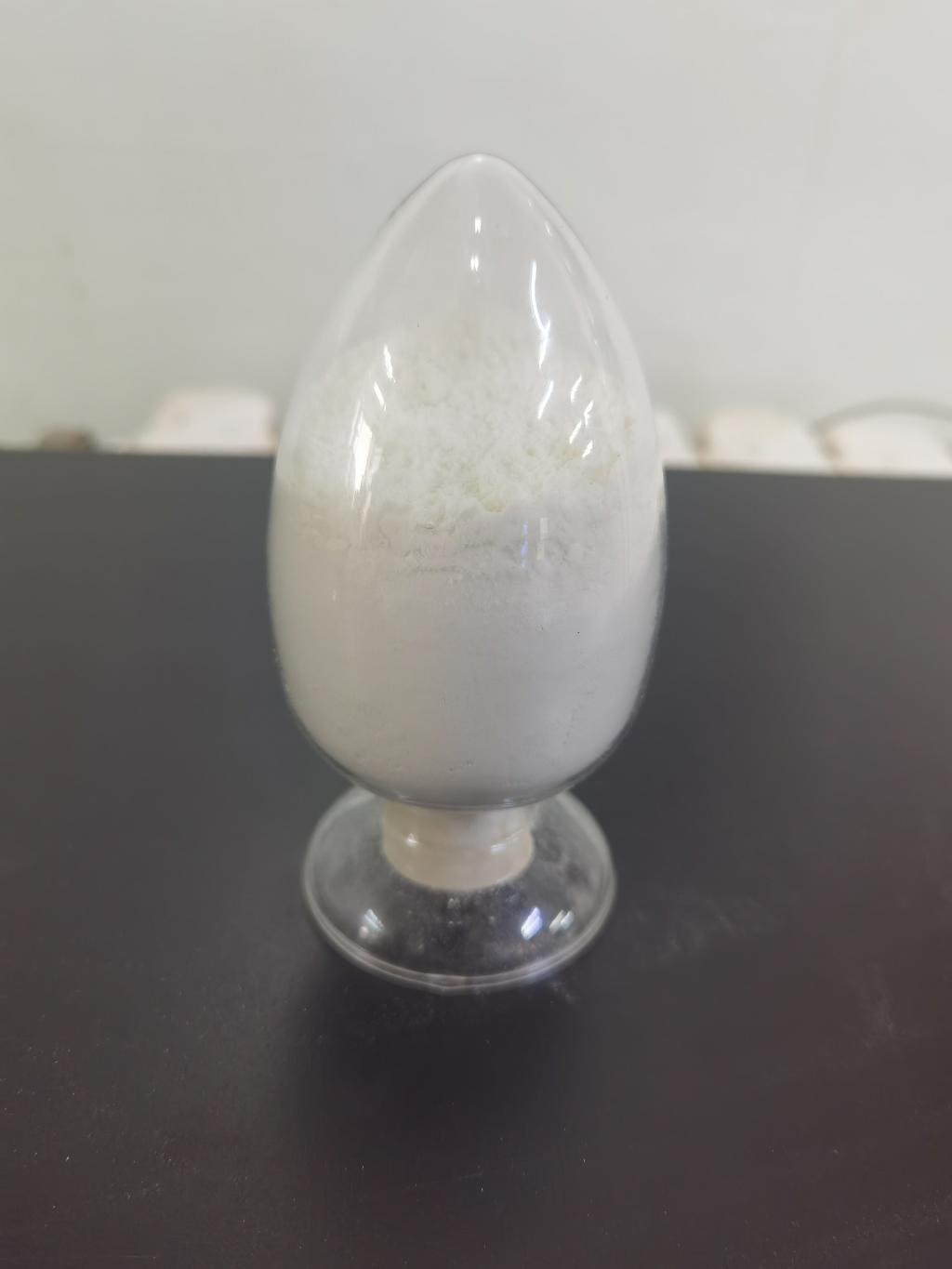Tel:+8618231198596

News
 CONTACT
CONTACT
 CONTACT
CONTACT
- Linkman:Linda Yao
- Tel: +8618231198596
- Email:linda.yao@dcpharma.cn
- Linkman:CHARLES.WANG
- Department:Overseas
- Tel: 0086 0311-85537378 0086 0311-85539701
News
Current Position:
Home >
News
>Investigating the potential of ε-Polylysine hydrochloride by extending shelf life.
Investigating the potential of ε-Polylysine hydrochloride by extending shelf life.
TIME:2024-05-07
Understanding Food Spoilage and Shelf Life:
Food spoilage occurs when microorganisms, such as bacteria, molds, and yeasts, proliferate in food products, leading to changes in taste, texture, and odor. Shelf life refers to the period during which a food product remains safe to consume and retains its quality attributes. Factors that influence shelf life include microbial activity, moisture content, pH levels, packaging materials, and storage conditions. Extending the shelf life of food products can help reduce waste and improve resource efficiency in the food supply chain.
ε-Polylysine Hydrochloride as an Antimicrobial Agent:
ε-Polylysine hydrochloride is a naturally occurring antimicrobial compound derived from Streptomyces albulus. It is approved as a food preservative in many countries and has been used for decades to inhibit the growth of bacteria, molds, and yeasts in a wide range of food products. ε-Polylysine hydrochloride works by disrupting microbial cell membranes, leading to cell death and inhibition of microbial growth. Its broad-spectrum antimicrobial activity makes it an attractive candidate for extending the shelf life of food products.
Applications of ε-Polylysine Hydrochloride in Extending Shelf Life:
ε-Polylysine hydrochloride can be incorporated into various food products to extend their shelf life and reduce the risk of spoilage. Some potential applications include:
Fresh Produce: Treating fresh fruits and vegetables with ε-Polylysine hydrochloride can inhibit the growth of spoilage bacteria and molds, extending their shelf life and reducing the likelihood of discoloration and decay.
Meat and Poultry: Adding ε-Polylysine hydrochloride to meat and poultry products can prevent the growth of pathogenic bacteria such as Salmonella and E. coli, reducing the risk of foodborne illness and spoilage.
Dairy Products: Incorporating ε-Polylysine hydrochloride into dairy products such as cheese and yogurt can inhibit the growth of spoilage bacteria and molds, extending their shelf life and maintaining their freshness and quality.
Efficacy of ε-Polylysine Hydrochloride in Extending Shelf Life:
Numerous studies have demonstrated the efficacy of ε-Polylysine hydrochloride in extending the shelf life of food products. These studies have shown that ε-Polylysine hydrochloride effectively inhibits the growth of spoilage microorganisms and extends the storage period of various perishable foods. Additionally, ε-Polylysine hydrochloride has been shown to have low toxicity and minimal impact on the sensory properties of food products, making it a safe and effective option for use as a food preservative.
Implications for Food Waste Reduction:
Extending the shelf life of food products using ε-Polylysine hydrochloride can have significant implications for reducing food waste at various stages of the supply chain. By preventing spoilage and decay, ε-Polylysine hydrochloride helps minimize the need for premature disposal of food products and reduces the environmental impact of food waste. Additionally, extending the shelf life of food products can improve inventory management and reduce the need for frequent restocking, leading to cost savings for retailers and consumers.
Challenges and Considerations:
While ε-Polylysine hydrochloride shows promise as a food preservative for extending shelf life, there are challenges and considerations that need to be addressed. These include:
Regulatory Approval: ε-Polylysine hydrochloride must meet regulatory requirements for safety and efficacy before it can be used as a food preservative. This may involve obtaining approval from government agencies such as the FDA or EFSA.
Consumer Acceptance: Consumer perceptions and attitudes toward food preservatives may influence the adoption of ε-Polylysine hydrochloride in food products. Educating consumers about the safety and benefits of ε-Polylysine hydrochloride can help increase acceptance and adoption.
Cost: The cost of ε-Polylysine hydrochloride may be higher than conventional preservatives, which could pose a barrier to adoption for some food manufacturers.
Conclusion:
ε-Polylysine hydrochloride shows great potential in reducing food waste by extending the shelf life of perishable food products. By inhibiting microbial growth and preventing spoilage, ε-Polylysine hydrochloride helps minimize the need for premature disposal of food products and improves resource efficiency in the food supply chain. Continued research and development efforts are needed to optimize the use of ε-Polylysine hydrochloride as a food preservative and ensure its safety and efficacy for use in various food products. Overall, ε-Polylysine hydrochloride offers a promising solution for addressing the global challenge of food waste and promoting sustainability in the food industry.
- Tel:+8618231198596
- Whatsapp:18231198596
- Chat With Skype







